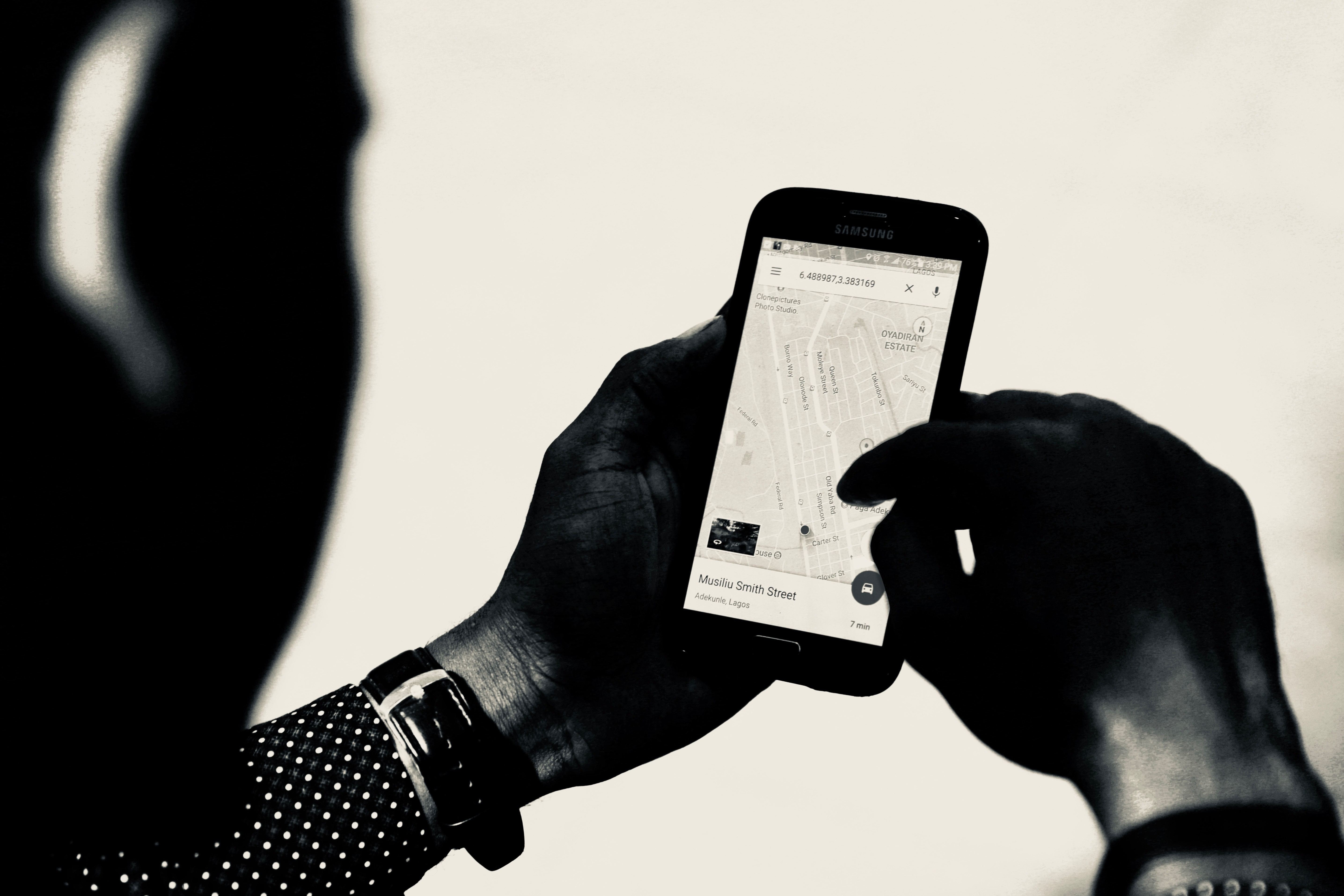
Using artificial intelligence to enrich digital maps
The model uses artificial intelligence to tag road features based on satellite images, to improve GPS navigation in places with limited map data.
Rob Mathseon is a Contributing Writer at MIT Technology Review

The model uses artificial intelligence to tag road features based on satellite images, to improve GPS navigation in places with limited map data.

A new innovation may aid programmers writing computer code as with a new tool created by MIT researchers, they can now test code reading time on any chip.

Research scientists want to capture knowledge to build infant cognition into artificial-intelligence agents.
DeepRole uses a game-planning algorithm called “counterfactual regret minimization” (CFR) — which learns to play a game by repeatedly playing against itself — augmented with deductive rea...
In simulations, the model enabled 2D and 3D soft robots to complete tasks — such as moving certain distances or reaching a target spot —more quickly and accurately than current state-of-t...
Robotic boats could more rapidly locate the most valuable sampling spots in uncharted waters.
Connected devices can now share position information, even in noisy, GPS-denied areas.
It's a fine line trying to maintain citizen privacy when using data. But, Indian cities have identified a model that can maximize both privacy and efficiency.
New capabilities allow “roboats” to change configurations to form pop-up bridges, stages, and other structures.
A model developed at MIT predicts the cognitive decline of patients at risk for Alzheimer’s disease by forecasting their cognition test scores up to two years in the future, which could h...
Researchers from MIT and Brown University have developed Northstar, a system for interactive data analytics that runs on touchscreens.
MIT researchers have developed a system that gleans far more labeled training data from unlabeled data, which could help machine-learning models better detect structural patterns in brain...
MIT researchers are using maps and visual data to give driverless cars a more 'human' awareness on the road.
Researchers have developed a method which quickly detects instances when neural networks make mistakes they shouldn’t.
MIT researchers have developed a system, called Marko, that leverages radio-frequency (RF) signal reflections off human bodies to wirelessly monitor people’s movement inside their homes t...











